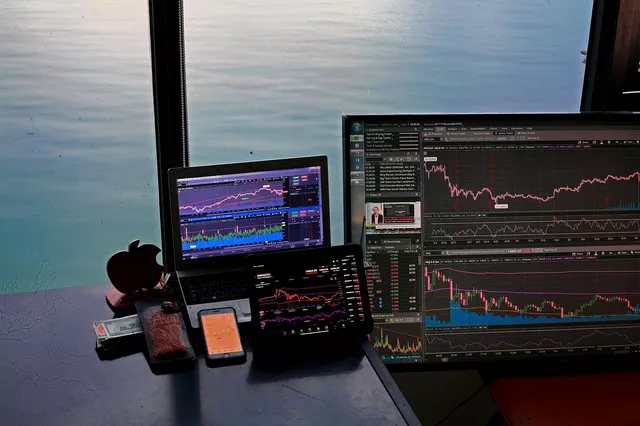Futures trading offers investors a dynamic platform to hedge risks or speculate on future price movements of commodities, currencies, indices, and more. Central to engaging effectively in futures markets is understanding how to place orders. This guide aims to demystify the process, providing a step-by-step approach to placing orders in futures trading.
Understanding Futures Orders
Before delving into the mechanics of placing orders, it’s crucial to grasp the types of orders available in futures trading:
1. Market Orders: These are executed immediately at the current market price. Market orders guarantee execution but not price, making them suitable for liquid markets.
2. Limit Orders: These specify the maximum price a buyer is willing to pay or the minimum price a seller will accept. They ensure price control but not execution certainty.
3. Stop Orders: These become market orders when a predetermined price level (stop price) is reached. They are commonly used to limit losses or capture profits.
4. Stop-Limit Orders: Similar to stop orders but convert into limit orders once the stop price is triggered. This type offers more control over execution price but risks non-execution in volatile markets.
Step-by-Step Guide to Placing an Order
Now, let’s explore the process of placing orders in futures trading:
1. Choosing a Futures Brokerage
Selecting the right brokerage is fundamental. Consider factors like commission rates, platform usability, customer support, and research tools. Ensure the brokerage offers access to the futures markets you’re interested in trading.
2. Opening a Futures Trading Account
Once you’ve chosen a brokerage, open a futures trading account. This typically involves completing an application, verifying your identity, and funding the account with the initial margin deposit required by the exchange.
3. Familiarizing Yourself with the Trading Platform
Most brokerages provide trading platforms equipped with order entry functionalities. Familiarize yourself with the platform’s layout, order types, and execution methods through demo accounts or simulated trading environments.
4. Analyzing Market Conditions
Before placing an order, conduct thorough market analysis. Consider fundamental factors (supply and demand dynamics, economic reports) and technical indicators (chart patterns, trend lines) to formulate a trading strategy.
See Also: How to Find and Trade Futures on TradeStation?
5. Placing a Market Order
To execute a market order:
- Select the futures contract you wish to trade.
- Specify the quantity (number of contracts).
- Choose “Market Order” as the order type.
- Click “Buy” if you’re initiating a long position or “Sell” for a short position.
- Review and confirm the order.
6. Placing a Limit Order
For limit orders:
- Enter the futures contract and quantity.
- Choose “Limit Order” as the order type.
- Specify the price at which you want to buy or sell.
- Review and confirm the order.
7. Placing Stop and Stop-Limit Orders
To place stop or stop-limit orders:
- Enter the futures contract and quantity.
- Specify the stop price (for stop orders) or both stop price and limit price (for stop-limit orders).
- Review and confirm the order.
8. Managing and Monitoring Your Orders
Once your order is placed:
- Monitor market conditions for order execution.
- Adjust or cancel orders if market conditions change or your strategy evolves.
- Utilize order management tools provided by your brokerage to track positions and manage risk effectively.
Common Strategies and Considerations
Understanding popular strategies and additional considerations can enhance your effectiveness in futures trading:
Day Trading Strategies: Strategies focused on short-term price movements within a single trading session.
Swing Trading: Holding positions for several days to weeks to capture larger price swings.
Risk Management: Implementing stop-loss orders and position sizing to protect capital.
Market Orders vs. Limit Orders: Choosing the appropriate order type based on market volatility and liquidity.
Conclusion
Mastering the art of placing orders in futures trading is essential for success in navigating these dynamic markets. By understanding the different order types, selecting appropriate strategies, and leveraging advanced order management tools, traders can optimize their trading experience. Continuous learning and adaptation to market conditions are key to thriving in futures trading. With this comprehensive guide, you’re equipped to confidently initiate and manage futures orders, laying a solid foundation for your trading journey.


